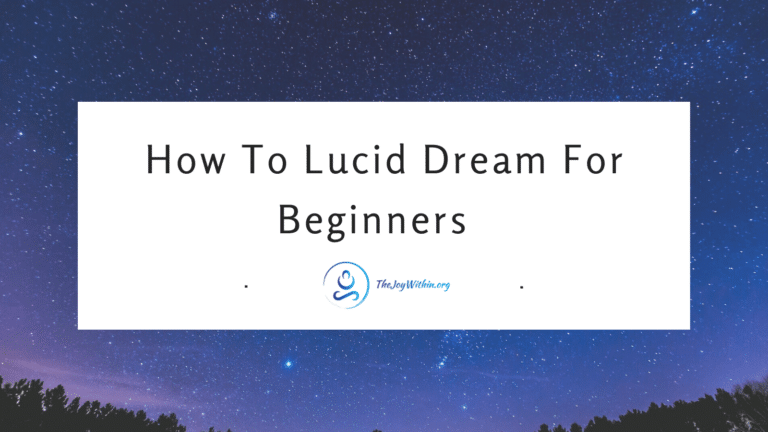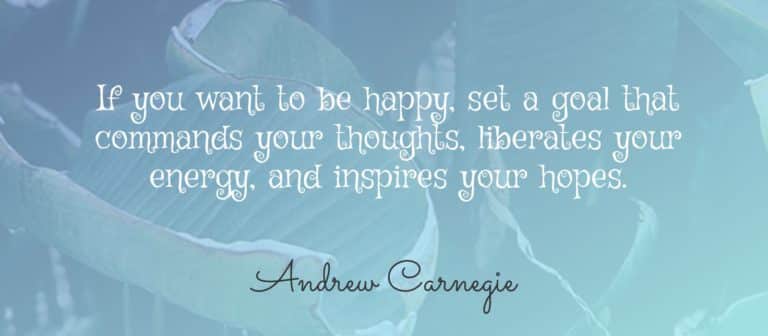Have you been wondering how to make a vision board, but not sure where to start?
Vision boards can be a powerful tool to help you use the laws of attraction and vibration to manifest your desires, but if you’ve never made one before, the process can be a bit confusing. You might be wondering if vision boards really work, or simply just don’t know how to get started.
In this post I’ll lay out everything you need to know about making vision boards work for you, and why they’re so important.
So, let’s get started.
The Basics: What Is A Vision Board?
Before we dive into how to create your board, let’s take a step back and talk about what vision boards actually are.
They aren’t just a board for inspiring quotes, pretty pictures, or things you like. They actually have a very specific purpose.
The goal of a vision board is to help you visualize your desires in a way that’s builds positive momentum towards your goals.
Related post: 3 Visualization Techniques for Success at Any Goal.
First and foremost, they should make you feel good about what you want to manifest, and help you feel passion and enthusiasm as you move towards your goal.
With that mind, your board should include images of specific goals you want to accomplish. This could be anything from a new house to a vacation to improving your health or a family relationship.
Outlining exactly what you want to manifest is the most important step for creating your board. When you define your goals and learn to set clear intentions for them, the actual process of building a vision board is easy: simply print or cut-out images that remind you of your desires, and put them into a collage. You can do this on a poster, corkboard, or even a digital image you keep on your computer desktop.
Before we get into the more speicifc guidelines for creating your board, however, you have to understand why they’re so important.
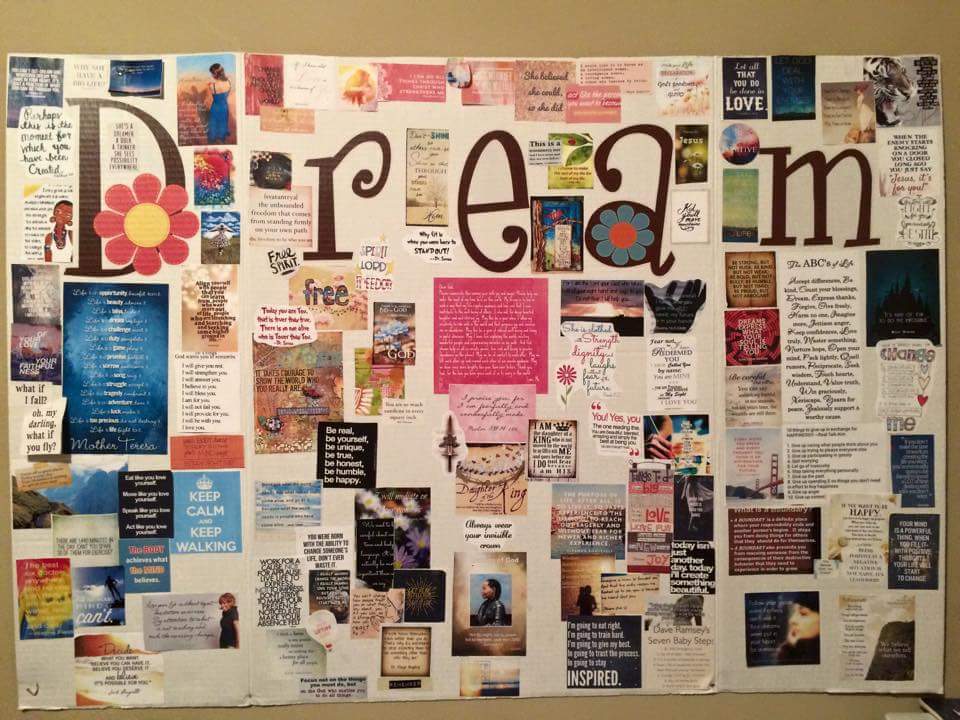
Why Vision Boards Work
Vision boards work because they help your to raise your energy in relation to a desire or goal.
They build positive momentum that makes you feel empowered. This creates a powerful association with your desire, that helps it to manifest more quickly for you.
They work because they combine key principles about how the law of attraction works with your intention to create.
If you aren’t clear on why this is important, I recommend you read this article on how setting daily intentions creates your life.
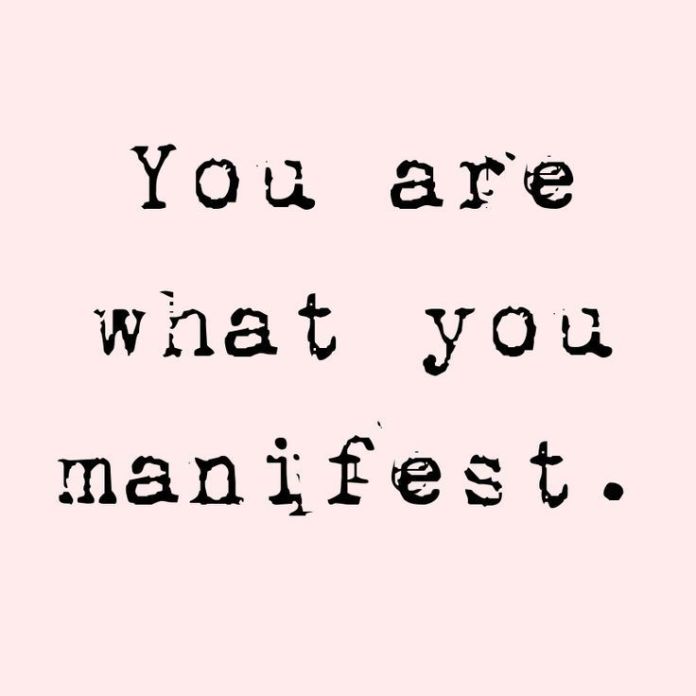
Vision boards work best when you use them as a consistent, daily reminder of what you want. Remember that in order for the law of attraction to work for you, you have to repeatedly reinforce the energy of the desires you want to create.
Like positive affirmations, your vision board can help you build this energy every single day. When you take the time to notice and reflect on your board, giving yourself permission to feel inspired by the images it contains, you set yourself up for success.
5 Guidelines for Creating Your Board
1. Pick Goals You Believe In
The first (and probably most important) guideline is to make sure that you only include goals that you already believe in. Your vision board isn’t the place for massaging long-shot desires into better-feeling energy. It’s a place to remind you of the things you know you can manifest, and feel proud and empowered about doing so.
As I mentioned earlier, if you include goals you don’t quite believe are realistic for you, you could be doing yourself a disservice. If you reinforce the feeling of a goal being out of reach, it will make it harder for you to create it in your life. So, make sure you feel amazing about each image, before you include it on your board.
2. Find Inspiring Images
The next guideline is to find inspiring images. Believe it or not, this step isn’t as straightforward as it seems.
The key is to first identify how the goal makes you feel, and then look for an image that also makes you feel that way.
For example, maybe you want to buy a new sailboat. On your vision board, you could include a picture of a boat in a marina. While this is ok, it probably doesn’t really get at your main desire. You probably want a boat to feel free and to have fun, not to sit at the dock. Instead, choose a picture of a sailboat under full trim out on the ocean, or a shot of a glass of wine on the deck of the boat with a sunset in the background. Those images evoke the feeling wanting the boat instills within you, and can be more inspiring.
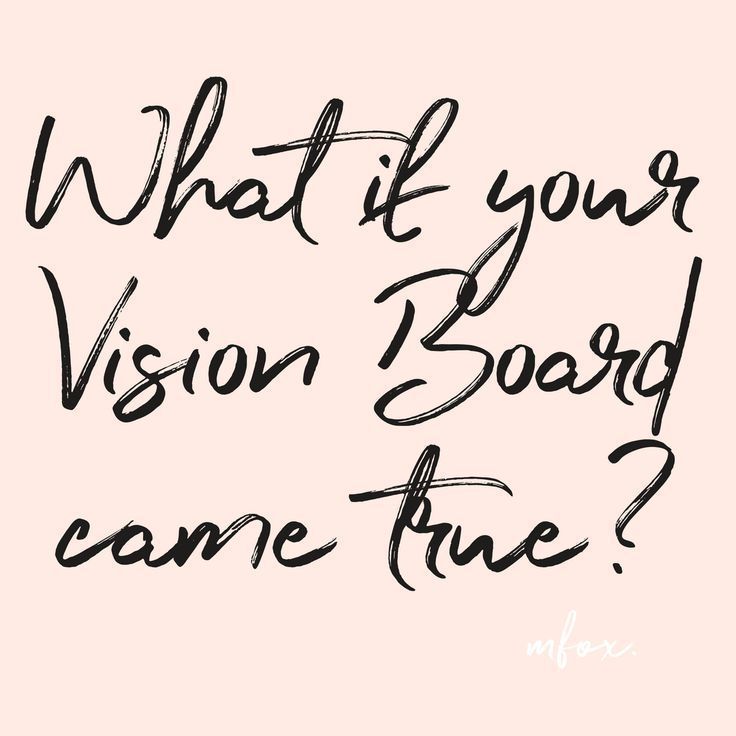
3. Get Specific
Next up is to get specific. Again, specificity is key to setting clear intentions. Do the most you can to have pictures that illustrate exactly what it is you want, not just the general idea of it.
When you get more specific about a positive emotion, you increase the momentum of that emotion, and accelerate the time frame, so it will come more quickly.
4. Use Symbols for your Goals
Sometimes, however, you can’t be specific and find perfect, inspiring images at the same time. If you can’t find this balance with your images, then consider using symbols of your goals, rather than direct images of them.
For example, if your goal is to complete a degree or receive a new certification in order to do your dream job, it might be hard for you to get an image of yourself working in your dream career befiore you become certified. In this case, you might use the image of your diploma, or another symbol of your field, in order to substitute for the dream image.
Using a symbol can also be effective if your goal is something intangible. For example, if you have a goal to become more peaceful or relieve stress, it’s hard to come up with an image that might represent that. But, perhaps you could include a mantra, mandala, or other symbol that evokes calmness within you.
5. Collage, Don’t Clutter
Lastly, one of the big mistakes I see a lot of people make with their boards is that they try to place too many images in too small a space. While your board can and should be a collage of different images, you don’t want these images to overlap so heavily that they feel cluttered.
Clutter creates a subconscious negativity, and you want to make sure that your board still has plenty of space so it feels open and inviting. This might mean culling down the number of images you use for each goal, or it might even mean making separate boards for different types of goals, but in either case: keep it clean!



